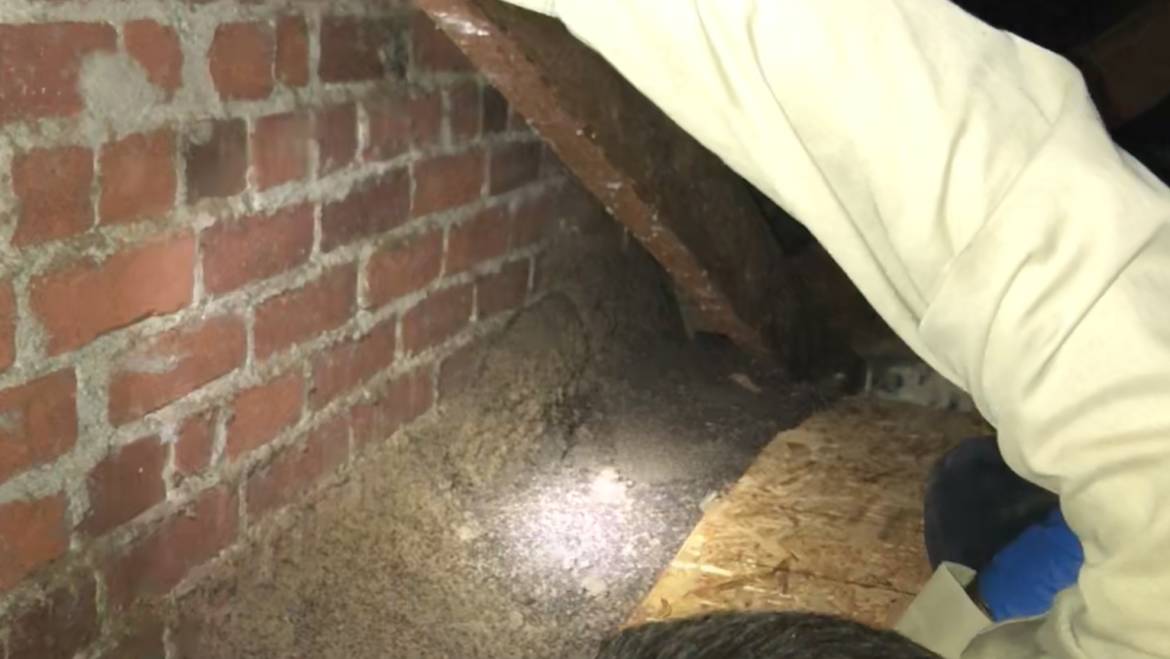Get your home inspected for any bat activity. Most of the time when homeowners/property owners notice droppings on their home, they think it is rodents and after they research the problem they find bats living in one area of the home. A thorough inspection of the home will reveal how infested the structure of the home is and where are the possible entries to the home. It is vital that the building be inspected professionally. The owner can do a preliminary inspection himself/herself, but it is imperative that it be done professionally. Our company will send out our bat specialist who will look at the siding, eaves, roof-line, roof, and many times the attic if accessible. We look for signs of grease marks, guano (droppings), urine stains, and smell of a foul odor. Oftentimes there are no visible signs when it is new or when the hole is large enough that the bats do not even touch the entrance when entering. If you watch the bats enter a structure, they are so precise on entering that they usually will enter fast without slowing down even with openings as little as 1/4 inch of space. Droppings on ledges and near the foundation usually means that they are entering right above that area. Many times when we are sealing up a structure, we will only smell the foul odor and know without a doubt that we need to place a excluding device in that section. Sometimes there is no smell, which is rare, but it happens. That means that the bats recently arrived there within days at that spot. Just this past week, I was sealing up an apartment building and sealed in some bats without noticing any signs at all. No grease, guano, urine stains, or odor. However, after I started sealing up the crack, I could hear the bats clicking and quickly I unsealed it and placed a one way exit all across the 10 foot area. The worst thing one could do is trap bats in a wall and they die in there. Could you imagine 100 dead bats in a wall? The smell would be atrocious.
Started July 19, 2016
0
0

